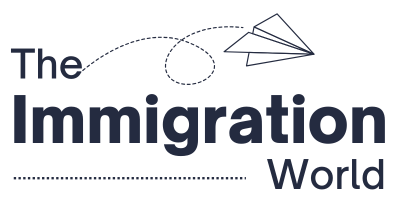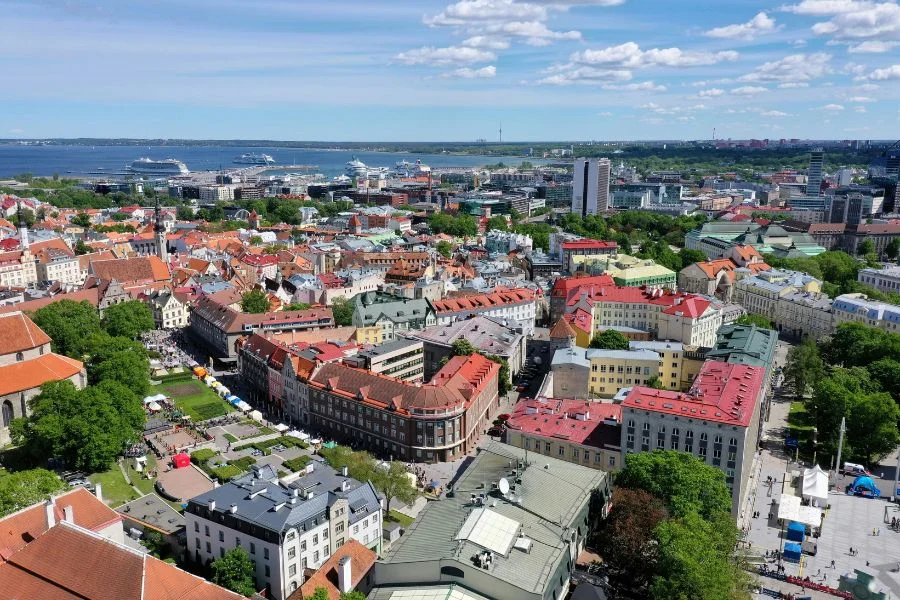Estonia may be small in size, but it’s one of Europe’s most technologically advanced and immigration-friendly nations. With its thriving digital economy, progressive governance, and EU membership, the country has become an increasingly popular destination for foreign professionals seeking both opportunity and stability.
But can a temporary work visa really lead to permanent residency in Estonia? The answer is yes, and the process is refreshingly structured compared to many other EU countries. In this guide, we’ll explore how foreign workers can transition from employment-based residence to long-term settlement in Estonia, what the requirements look like, and what pitfalls to avoid along the way.
Key Takeaways
Understanding Estonia’s Work Visa and Residence Framework
Unlike some nations that separate visas and residence permits rigidly, Estonia operates under a two-tiered residence system. Foreigners typically enter the country on a D-visa (long-stay visa) for up to 12 months, or apply directly for a temporary residence permit for employment, which allows longer stays tied to a specific job or employer.
See If Your Work Visa Can Lead to PR!
We connect you with trusted immigration experts who simplify the entire process — from paperwork to approval.
All employment-based residence permits are issued by the Estonian Police and Border Guard Board (PBGB), and the key requirement is a valid job offer from an Estonian company willing to act as a sponsor. Once approved, the temporary residence permit allows foreign nationals to live and work in Estonia for a period of up to two years, renewable as long as employment continues.
Importantly, Estonia emphasizes skilled labor sectors such as IT, cybersecurity, finance, healthcare, and engineering are particularly favored, aligning with the nation’s reputation as a “digital-first” economy.
Also Read: Schengen Visa Goes Digital: What to Expect by 2028
Main Types of Work Visas and Residence Permits in Estonia
Foreign professionals typically enter Estonia through one of the following pathways:
- D-Visa (Long-Stay Visa): For those working in Estonia for up to one year, often used for short contracts or project-based work.
- Temporary Residence Permit for Employment: For longer-term roles, issued for up to two years and renewable.
- EU Blue Card: For highly qualified professionals with advanced degrees or equivalent experience and a high salary threshold.
- Startup Visa/Residence Permit: For entrepreneurs or startup employees joining Estonia’s booming tech ecosystem.
The EU Blue Card and Startup Residence Permit are often the fastest routes toward permanent residency because they encourage skilled migration and long-term contribution to the economy.

Eligibility for a Work Visa or Residence Permit
Eligibility for employment-based residence depends largely on the job offer, the applicant’s qualifications, and the employer’s compliance with Estonian labor laws. The company must register the vacancy with the Estonian Unemployment Insurance Fund to prove that no suitable local candidate is available.
The applicant must then submit:
- A valid passport and completed residence application.
- Proof of employment contract with details of salary and duration.
- Health insurance coverage valid in Estonia.
- Police clearance certificate.
- Evidence of accommodation in Estonia.
For high-skilled professionals applying under the EU Blue Card scheme, additional requirements include a university degree or equivalent and a salary of at least 1.5 times the national average gross wage.
Also Read: How to Get Permanent Residency in the Philippines Through a Work Visa?
The Pathway from Work Visa to Permanent Residency
The process of transitioning from a work visa to permanent residency in Estonia is straightforward but requires five years of continuous legal residence. Time spent under a temporary residence permit for employment counts toward this five-year requirement, as does residence under the EU Blue Card or Startup Permit.
Here’s how it generally works:
- Obtain a Temporary Residence Permit for work and maintain continuous residence.
- Renew the permit before it expires and avoid long absences from Estonia.
- After five years, apply for a long-term residence permit under Estonia’s Aliens Act.
- Prove that you have a stable legal income, registered accommodation, and health insurance.
- Demonstrate at least basic Estonian language proficiency (level A2).
Once approved, the long-term residence permit grants indefinite stay and near-equal rights to Estonian citizens, except for voting and certain public service positions.
Also Read: How to Study in Germany for Free as an International Student in 2026
Required Documents and Application Procedure
The application for a long-term residence permit is filed at the nearest Police and Border Guard Board office. The documents required include:
- Valid passport and current residence card.
- Proof of continuous residence in Estonia for the previous five years.
- Tax records or salary statements proving stable legal income.
- Certificate of health insurance.
- Proof of registered housing.
- Estonian language certificate at A2 level.
- Clean criminal record from Estonia and the home country.
The application is carefully reviewed, and processing typically takes two to four months. Applicants should ensure that their temporary residence remains valid during this time to avoid gaps in legal status.
Timeframes and Key Considerations
The five-year residence requirement is the cornerstone of the Estonian PR system. However, there are some nuances: absences from Estonia exceeding six consecutive months or more than ten months total over the five years can disrupt eligibility.
EU Blue Card holders benefit from a slightly faster route, as time spent with the Blue Card in other EU member states may count toward long-term residence rights under EU law, provided they spend at least two years in Estonia.

It’s also worth noting that Estonia allows the family members of work visa holders to live in the country under dependent residence permits, and their residence period counts toward PR eligibility if they have lived continuously with the main applicant.
Common Challenges Applicants Face
While Estonia’s immigration framework is efficient, several common hurdles can complicate the PR process. The language requirement is one of the biggest challenges, though A2 proficiency is basic, as it requires formal testing, which some expats underestimate.
Another issue arises from employment changes. Since work permits are employer-specific, switching jobs requires a new application or amendment, which can reset residence continuity if not handled properly. Gaps between employment periods, expired health insurance, or missing tax filings can also lead to application denials.
Finally, some applicants fail to register their address or tax contributions correctly small administrative errors that carry big consequences in a system that values documentation precision.
Benefits of Permanent Residency in Estonia
Securing permanent residency in Estonia unlocks many advantages that go far beyond job security. Permanent residents can live, work, and study in Estonia indefinitely without needing to renew residence permits every few years. They enjoy equal access to public healthcare, education, and most social benefits.
Also Read: Can You Get Permanent Residency in Vietnam Through a Work Visa?
Moreover, long-term residents gain visa-free movement across the Schengen Area and the right to work in other EU member states under certain conditions. They can also purchase property, establish businesses freely, and later apply for Estonian citizenship after eight years of total residence (including at least five years with permanent residence status).
Conclusion: Is the Work-to-PR Route in Estonia Practical?
Estonia’s work-to-permanent-residency route is one of the most attainable in the European Union. The rules are clear, the process is well-documented, and the timeline is reasonable for professionals who genuinely plan to build their lives in the country.
While the language requirement and bureaucratic precision can pose hurdles, the overall system rewards compliance, stability, and integration. For foreign professionals in Estonia’s fast-growing digital and technical sectors, a temporary work permit is not just a job authorization; it is, in fact, the first step toward long-term belonging in a nation that thrives on innovation and openness.
Reference: https://moving2europe.com/estonia/residence-permit/





